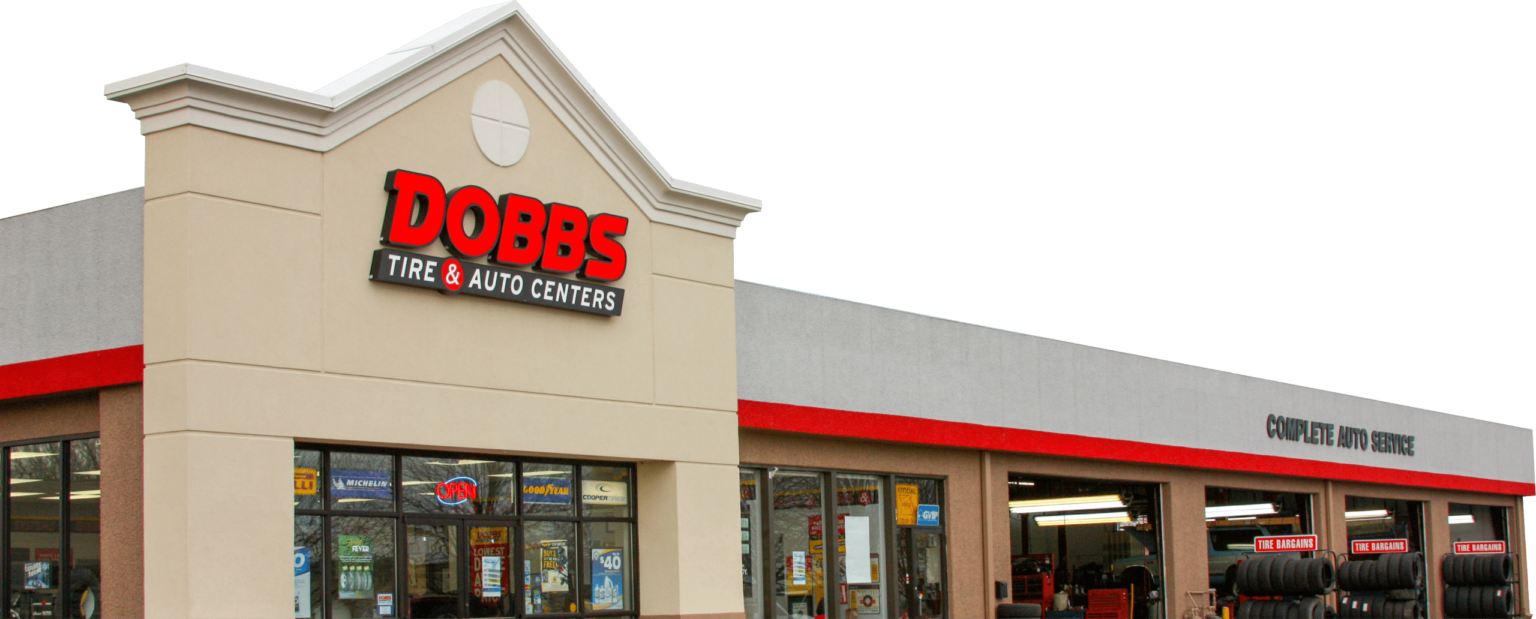Oxygen Sensors
What are Oxygen Sensors?
First, a very short chemistry lesson in ideal automotive combustion:
hydrocarbon fuel + oxygen + spark → energy + carbon dioxide + water
To keep the engine running efficiently, extracting as much power from a given charge of fuel and oxygen, the engine control module (ECM) monitors oxygen content of the exhaust, using oxygen sensors to determine how much to adjust fuel injection. Oxygen sensors react to the oxygen content in the exhaust, comparing it to that in the air. Since the implementation of automotive on-board diagnostics systems, various forms of OBD since 1968 and federally-mandated OBD2 since 1996, oxygen sensors have been at the forefront of monitoring engine performance and efficiency.
Why are Oxygen Sensors Important?
The modern OBD2 ECM uses multiple oxygen sensors, sometimes referred to as air-fuel ratio sensors, to fine-tune engine performance and efficiency. Additionally, oxygen sensors after the catalytic converter are used to monitor catalytic converter function.
- When there is high exhaust oxygen, this means that too little fuel is being injected, which is referred to as a lean mixture. To improve engine performance and prevent unburned fuel from getting into the atmosphere, the ECM increases fuel injection.
- When there is low exhaust oxygen, this means that too much fuel is being injected, which is referred to as a rich mixture. To prevent engine damage and the production of nitrogen-oxide pollutants, the ECM decreases fuel injection.
The ECM constantly compares oxygen sensor readings before and after the catalytic converter. In general, while the forward oxygen sensor readings are constantly fluctuating, switching from rich to lean to rich every second or so, the rearward oxygen sensors shouldn’t fluctuate much at all.
- If the oxygen sensors before and after the catalytic converter read the same, this indicates that the catalytic converter isn’t functioning properly.
What Can Dobbs Tire & Auto Centers Do for You?
There are a few reasons why you might have concerns about your oxygen sensors. Common oxygen sensor related problems include poor engine performance, decreased fuel economy, or the check engine light. Of course, any of these problems could be caused by faulty oxygen sensors, but it’s just as likely that another fault is causing problems. To remove all doubt, consult the auto diagnostics experts at Dobbs Tire & Auto Centers.
“You Can Depend on Dobbs” – Dobbs Tire & Auto Centers, Home of the Fixed Forever Service Warranty. Locally and Family Owned Since 1976
